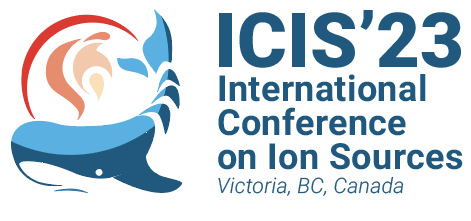Speaker
Description
The dynamic of self-organized nanopatterns on solid surfaces has been studied using low energy ion beam but it remains a central theme within ion beam sputtering still. The previous work for dynamical characterization has been focused on ion sputtering of Silicon surfaces using unconventional methods. To invoke new phenomena is not achievable using single fixed beam configuration.
In this report, we show that unconventional methods with swinging of Si substrate for formation of new nanopatterns. This is significant because it is given nanopatterns transitions rather ripple orientation which theoretically point out till now.
In this work, we experimentally investigated morphology evolution using low energy Ar+ ion beam sputtered Si surfaces at off normal incidence using an unconventional method of substrate swinging by different azimuthal angles and speeds from 1 to 16 rotations per minute (RPM). The azimuthally swinging Si substate exhibit four regimes which included ripples along with triangular structures, ripple devoid of triangles, smooth surfaces and disordered rippled topographies. Specifically, we find that the extrema of lateral correlation length, nanostructure aspect ratio and the local surface slope bear a direct relation to the sharp and intense spectral features observed in our study. Our observations were found to be highly reproducible. Our results were explained in the light of linear and non-linear regimes of sputtering. The crucial role played by dispersive linear terms explained the formation of the hierarchical structures at small swing angles. Once the dispersive effects die down, the ripples change their orientation. The asymmetry in surface structures was explained by the near-surface mass transport phenomenon at oblique azimuthal angles. This study demonstrates for the role of this unconventional technique to drive a system towards abrupt morphological transitions not observed otherwise.
| Email Address | 2018phz0013@iitrpr.ac.in |
|---|

